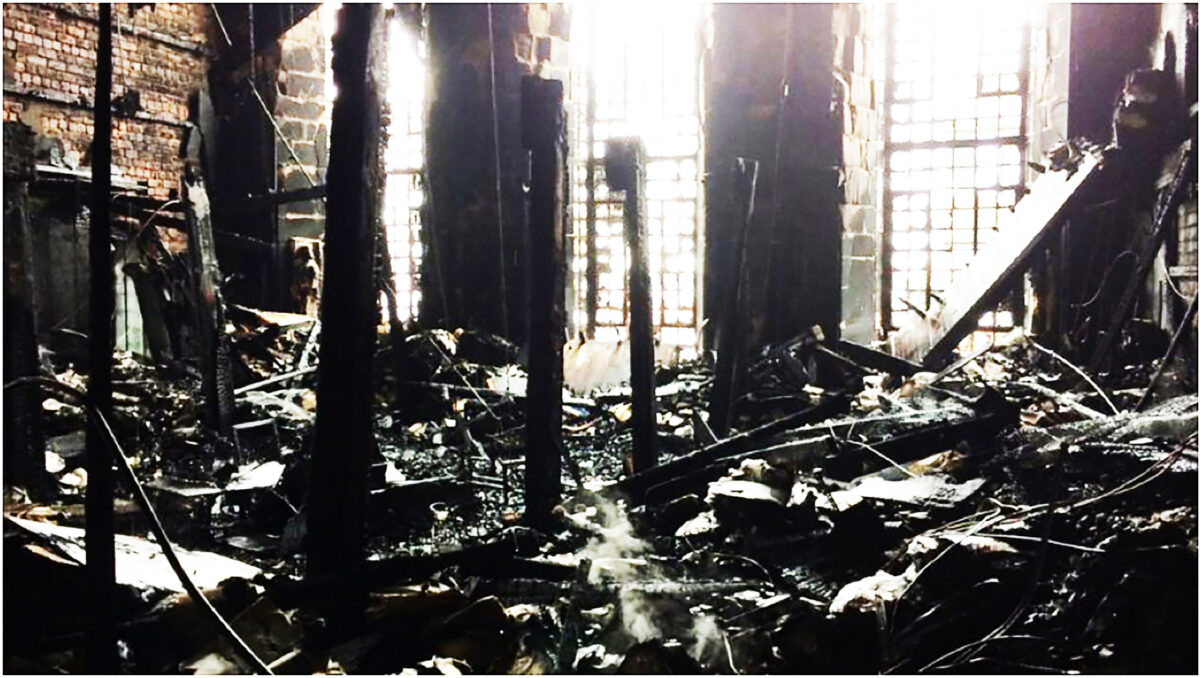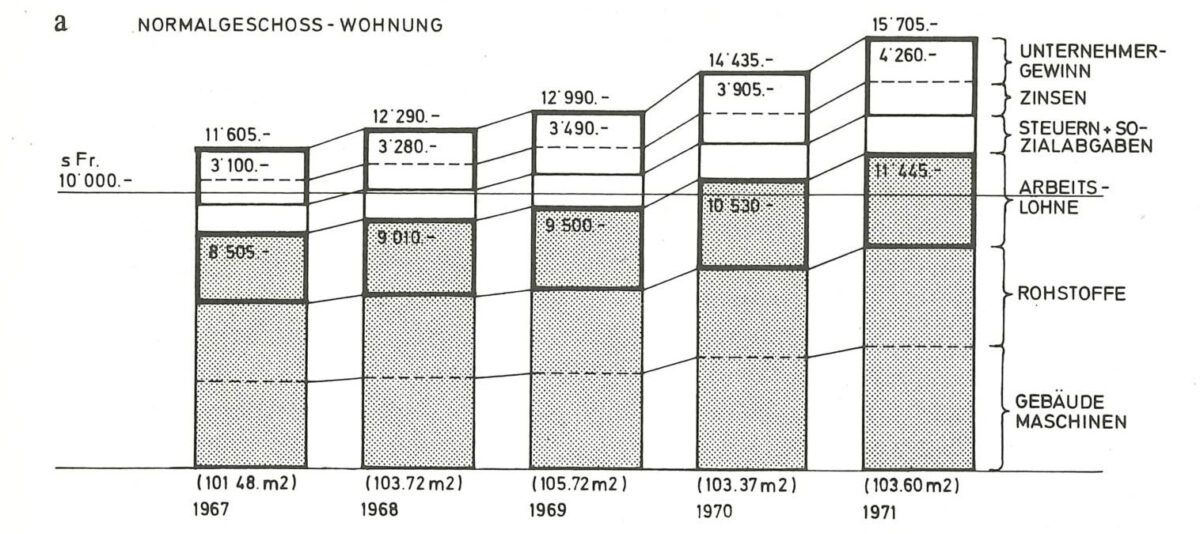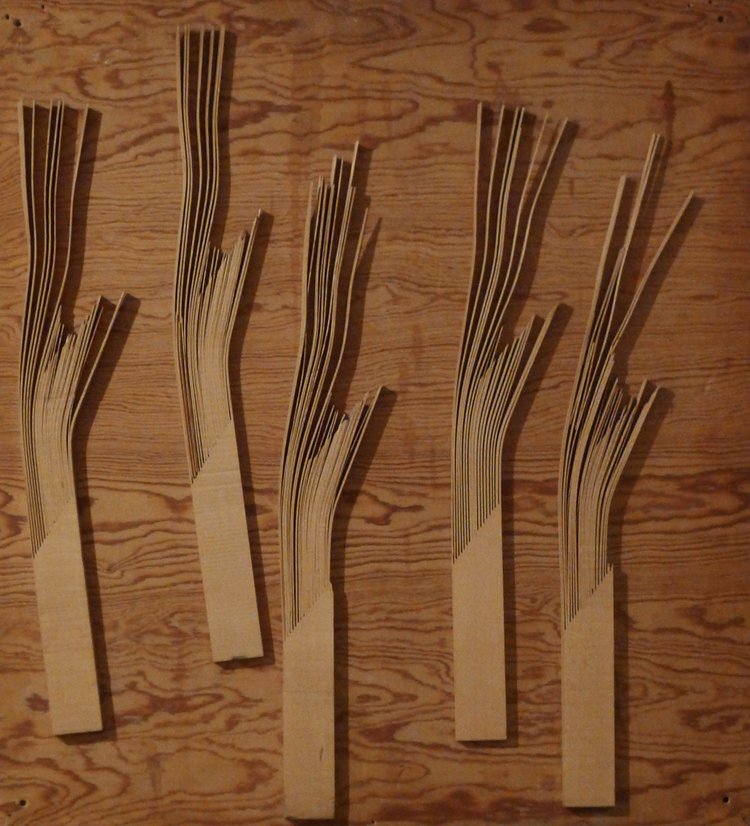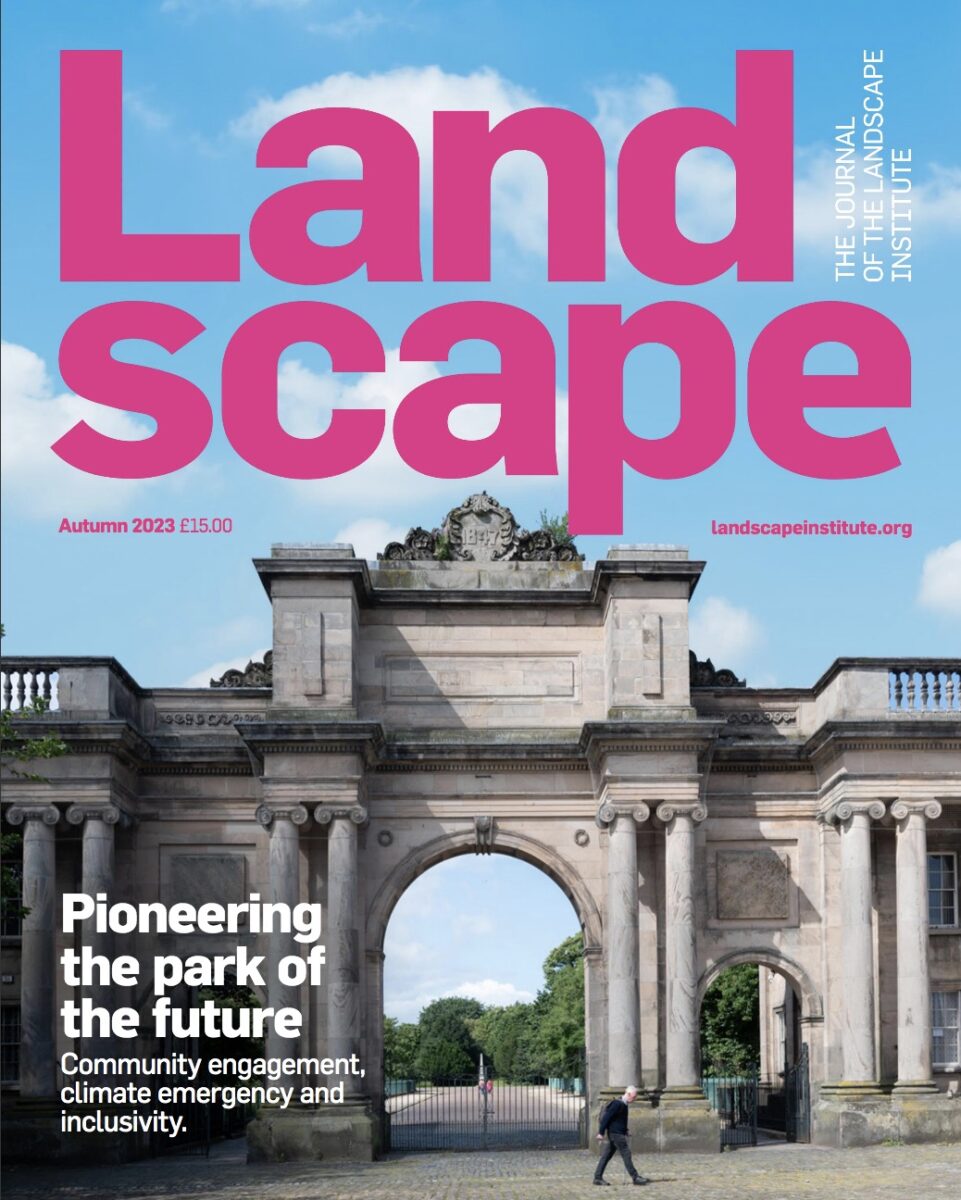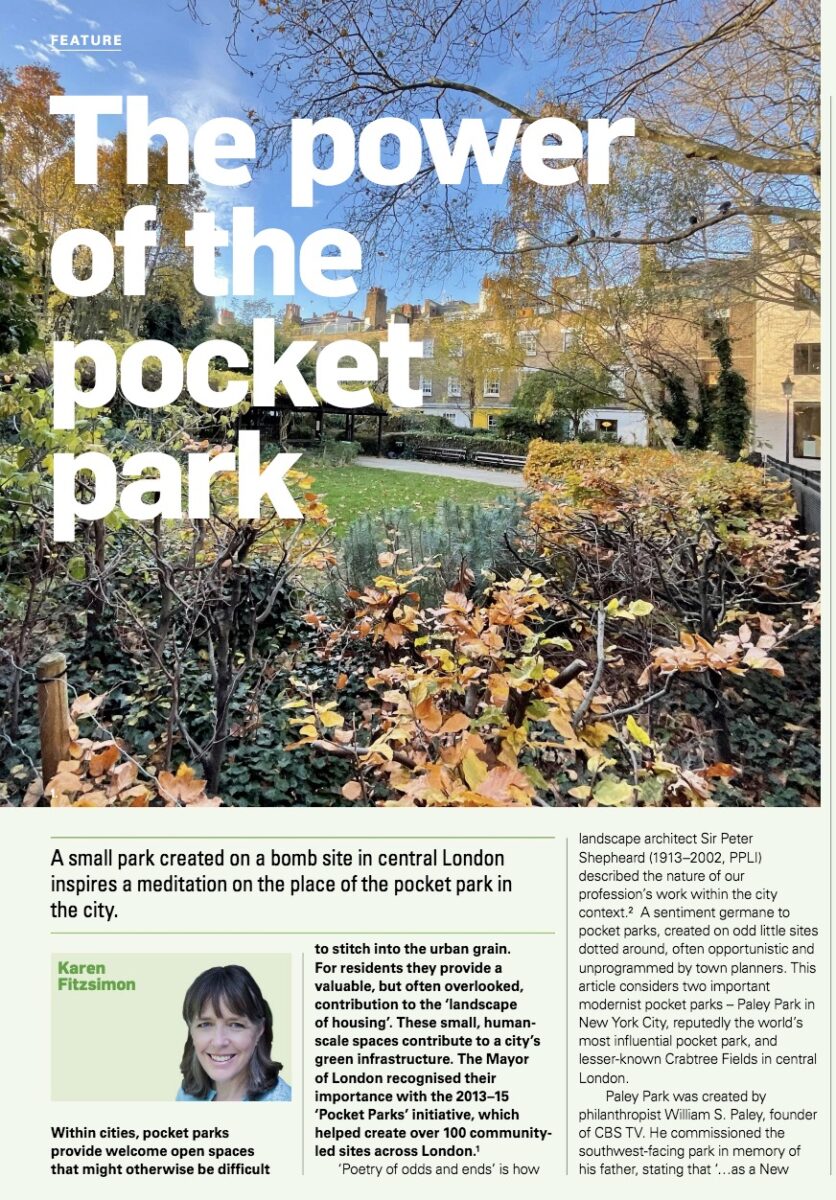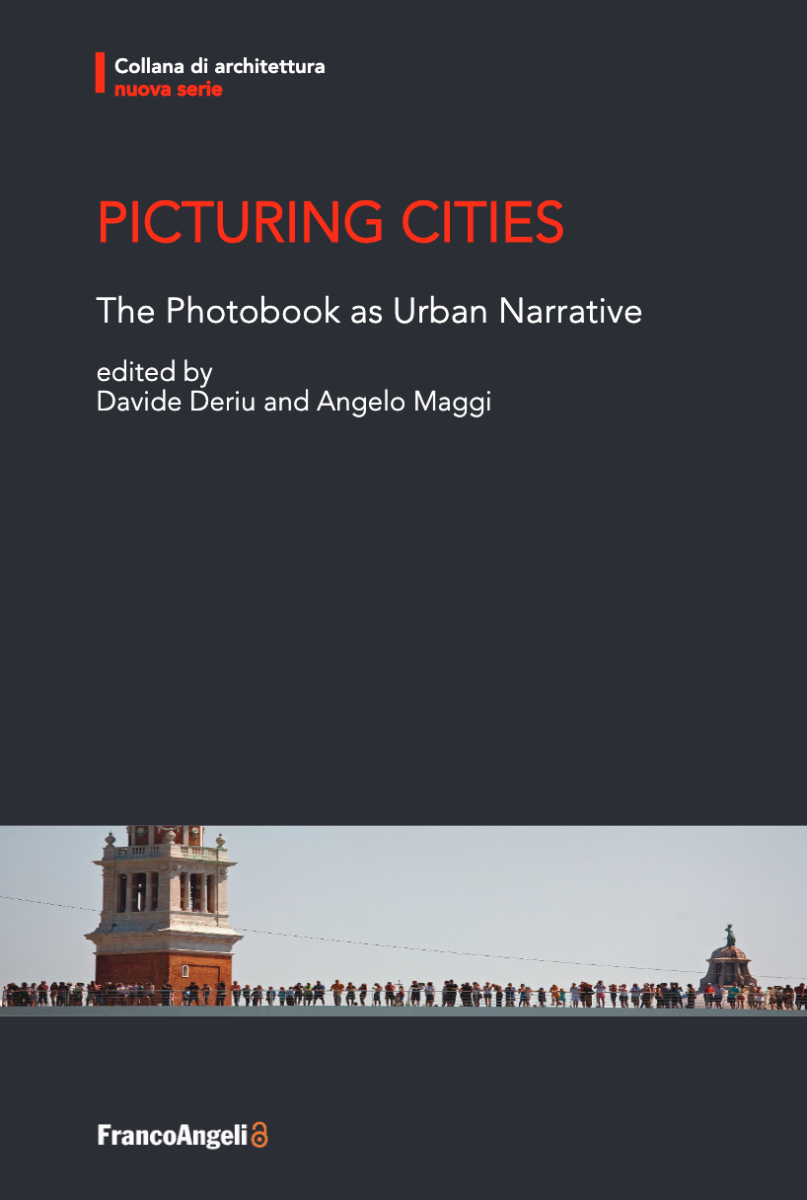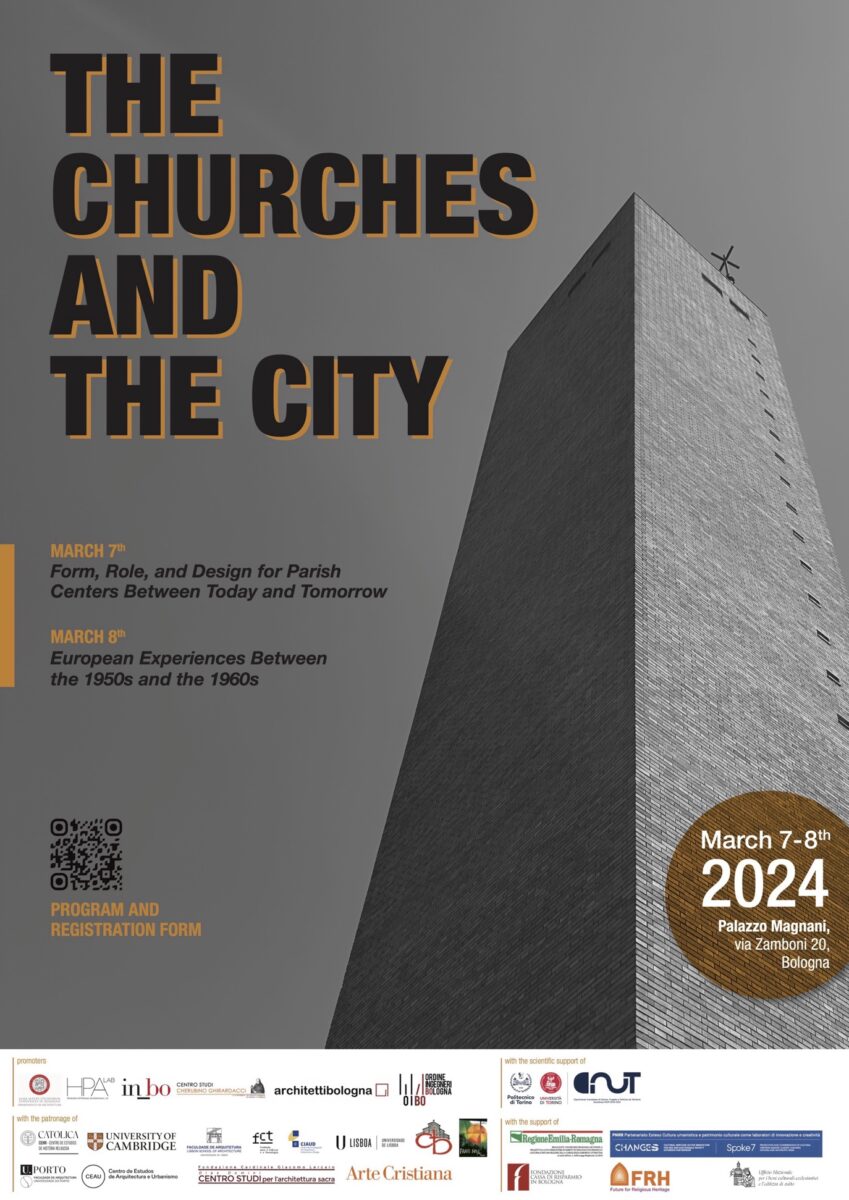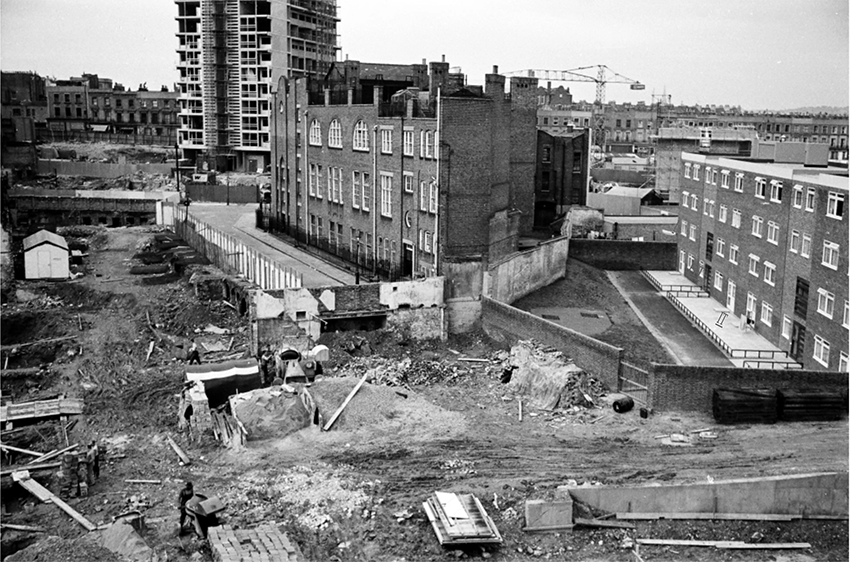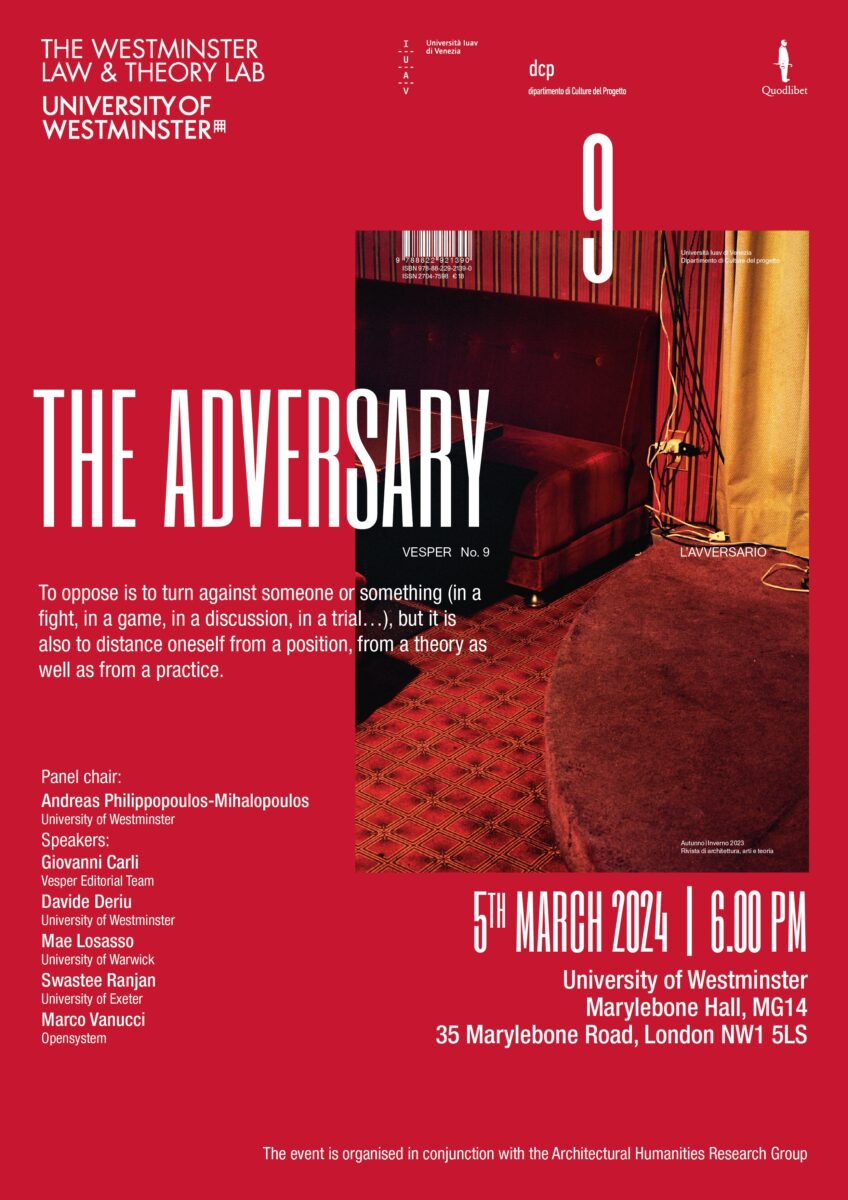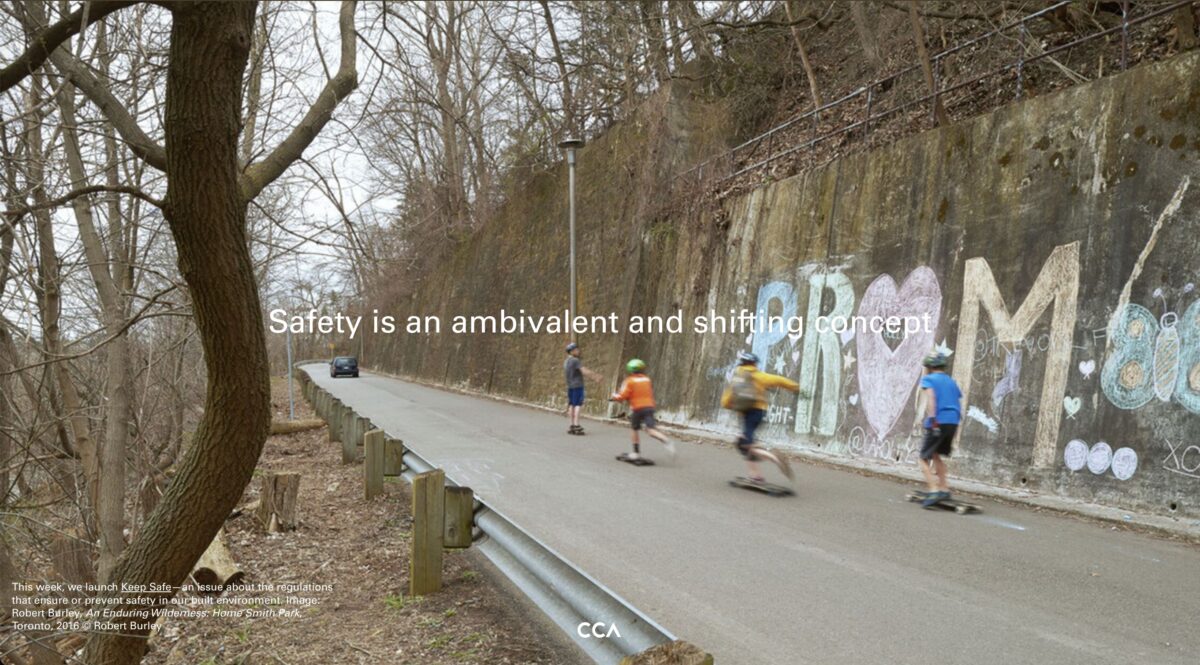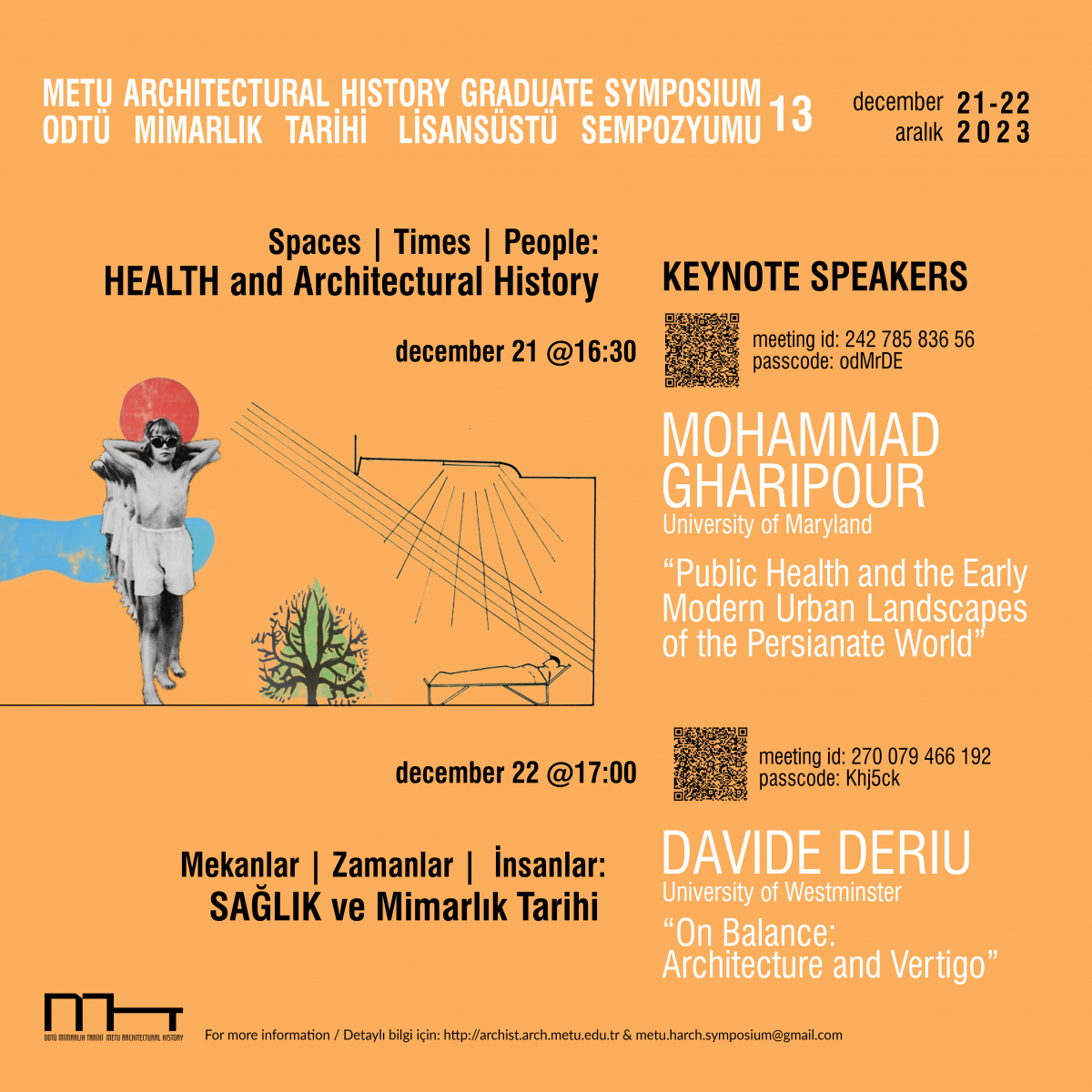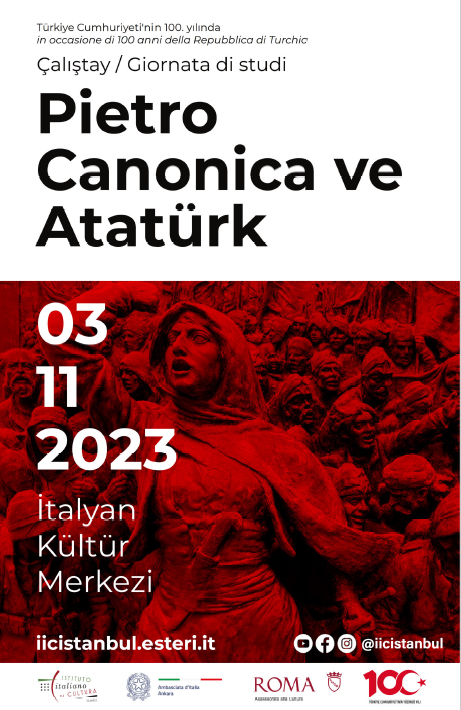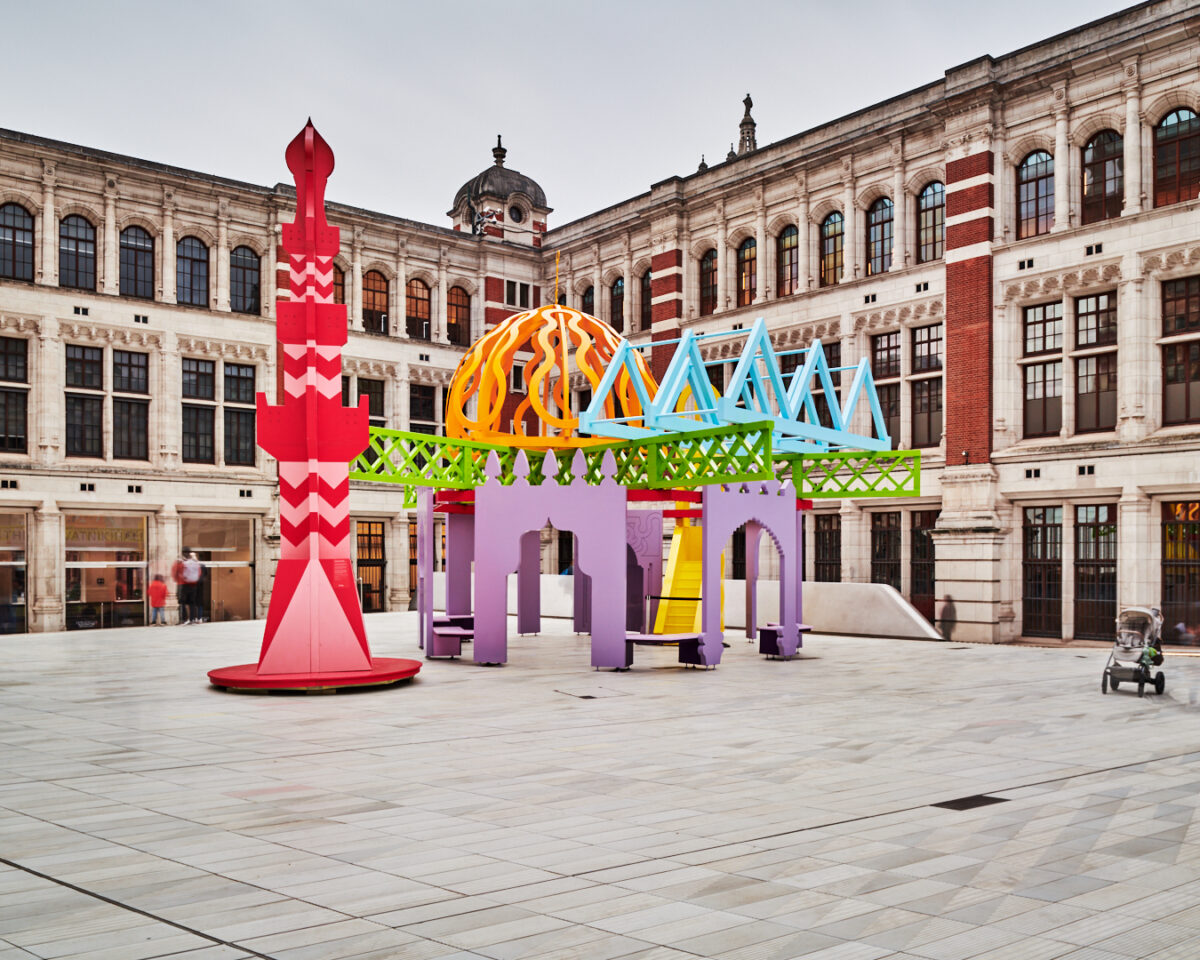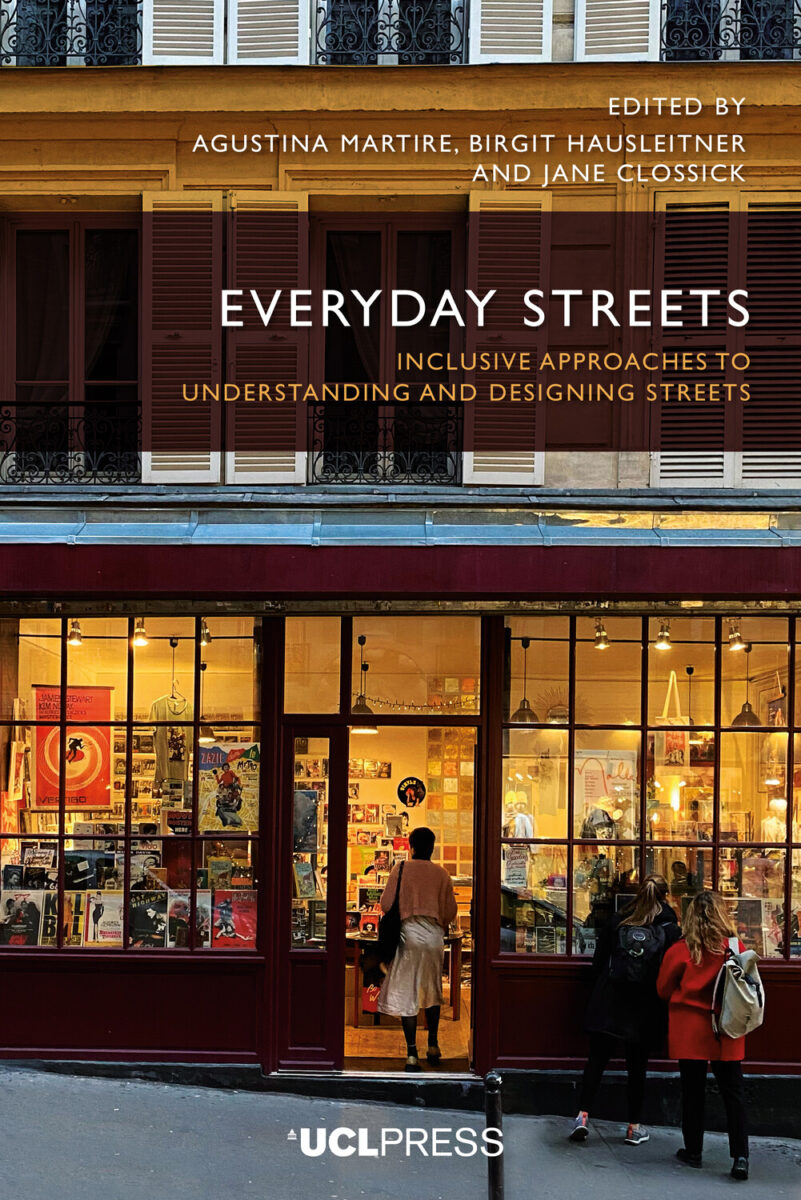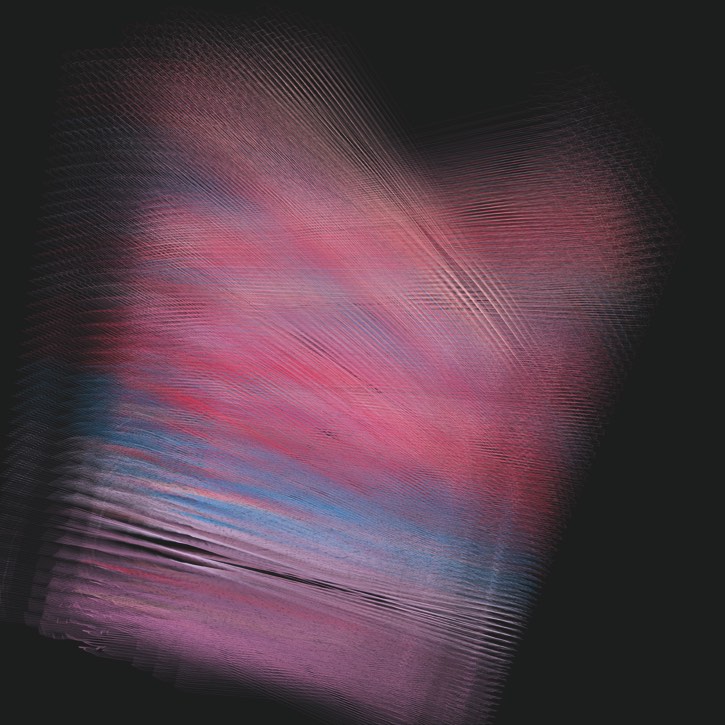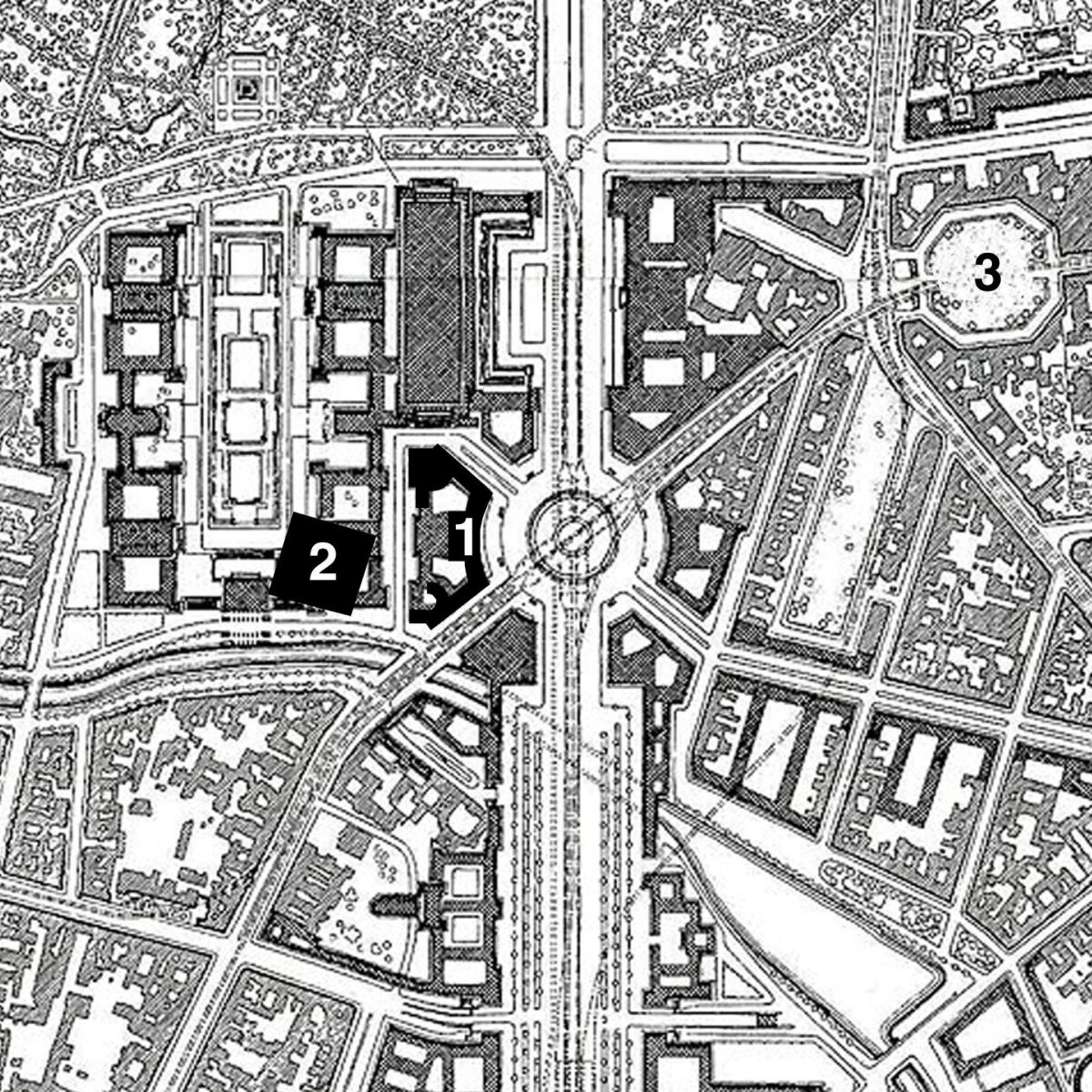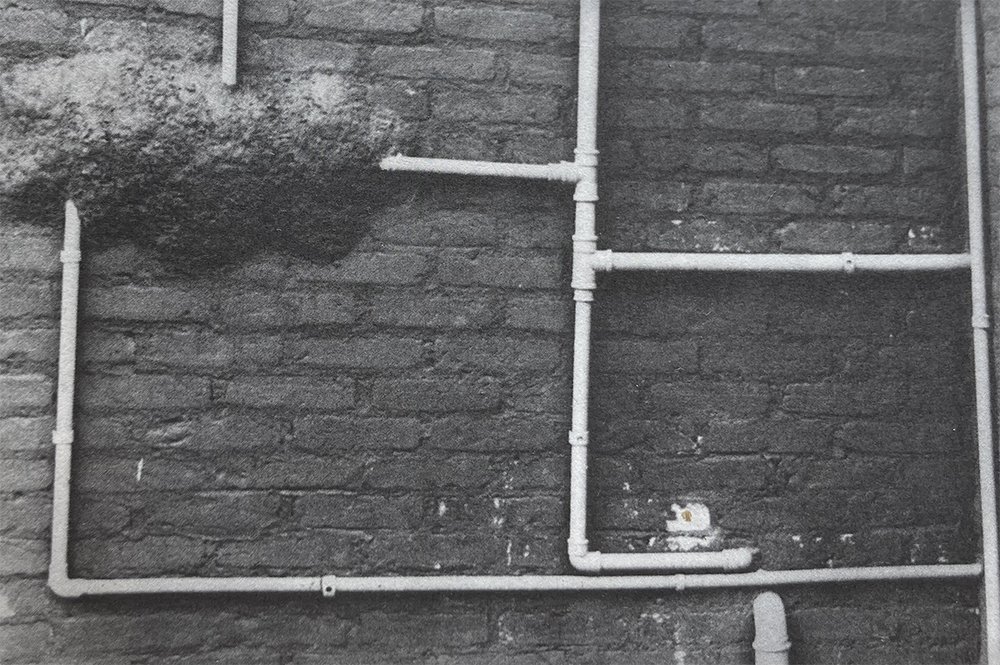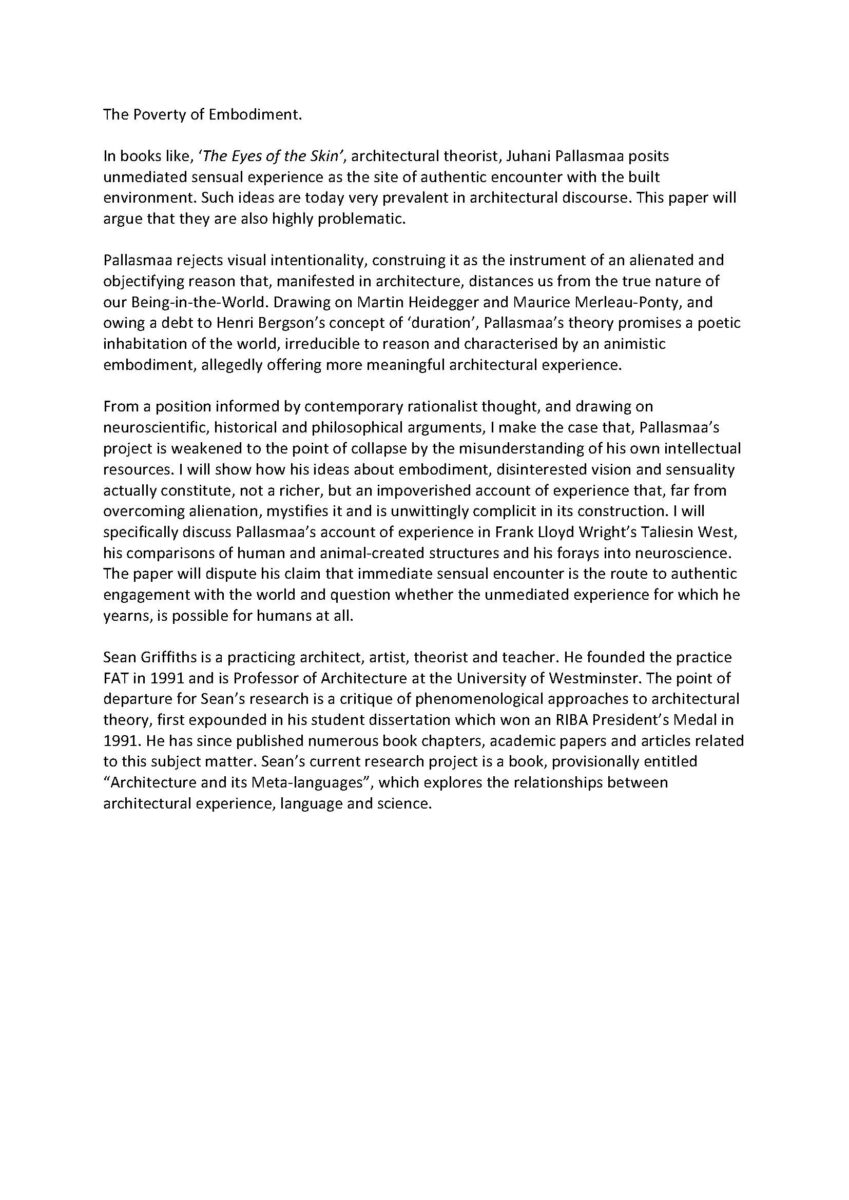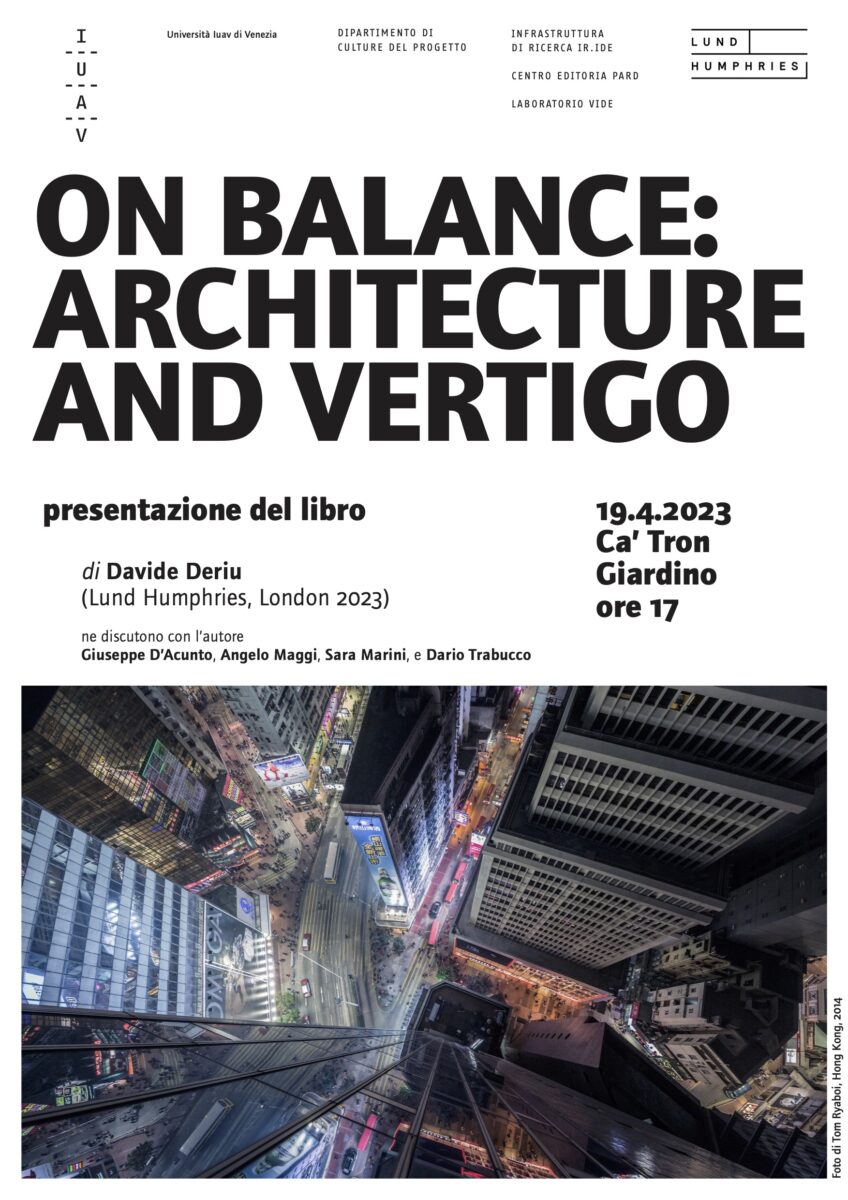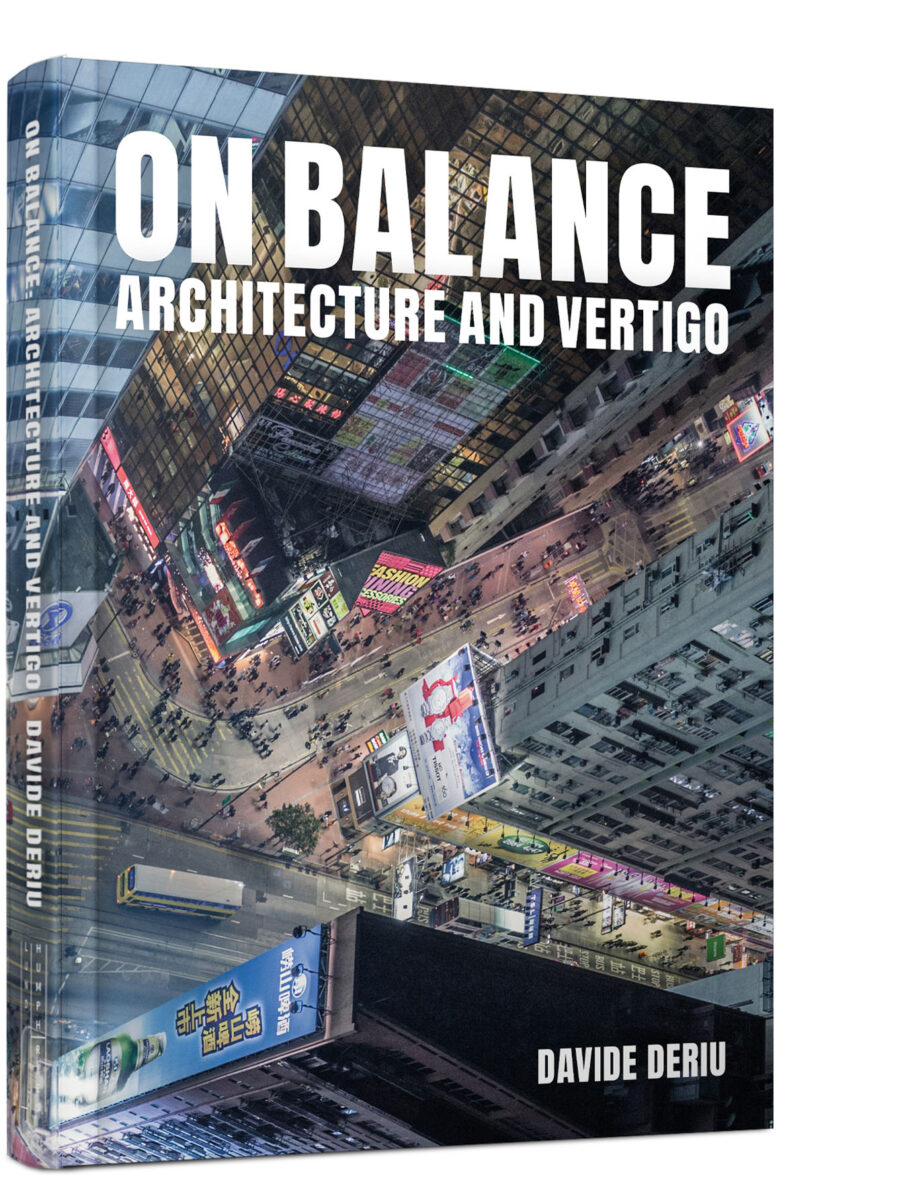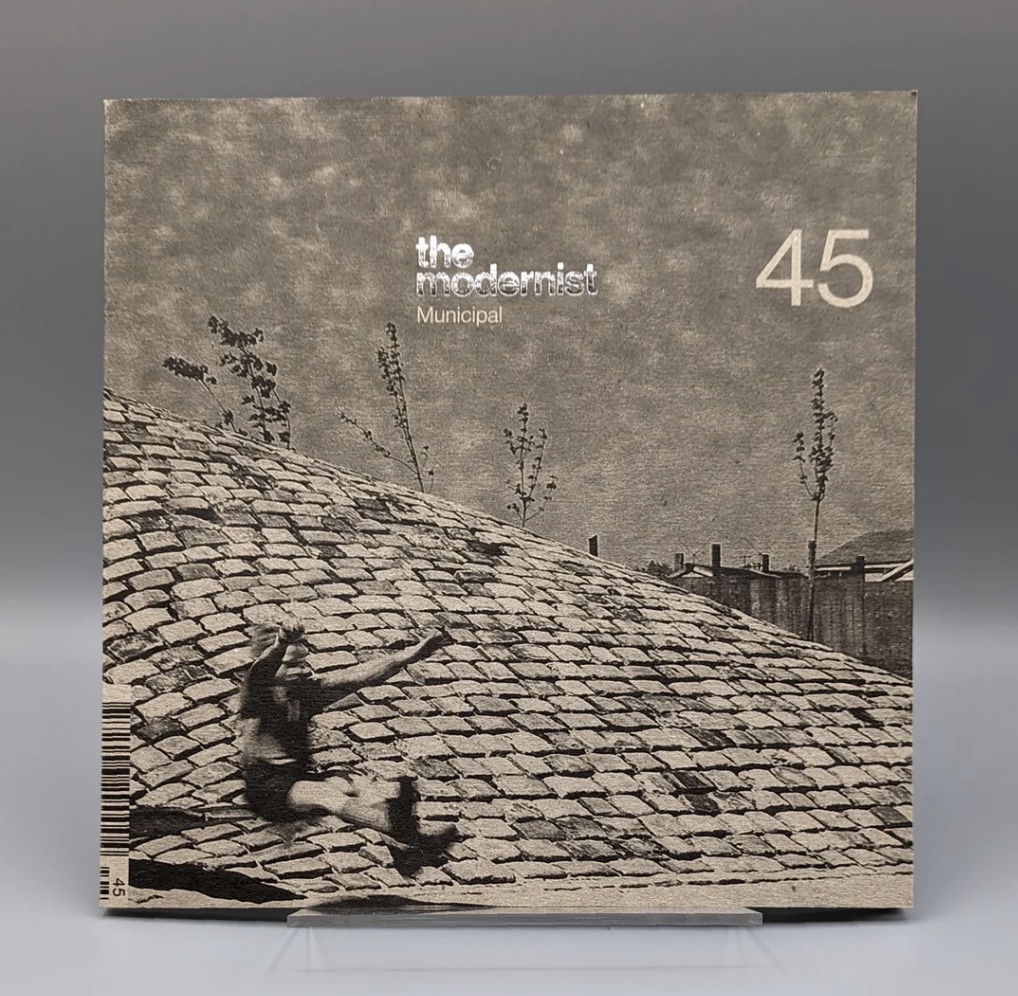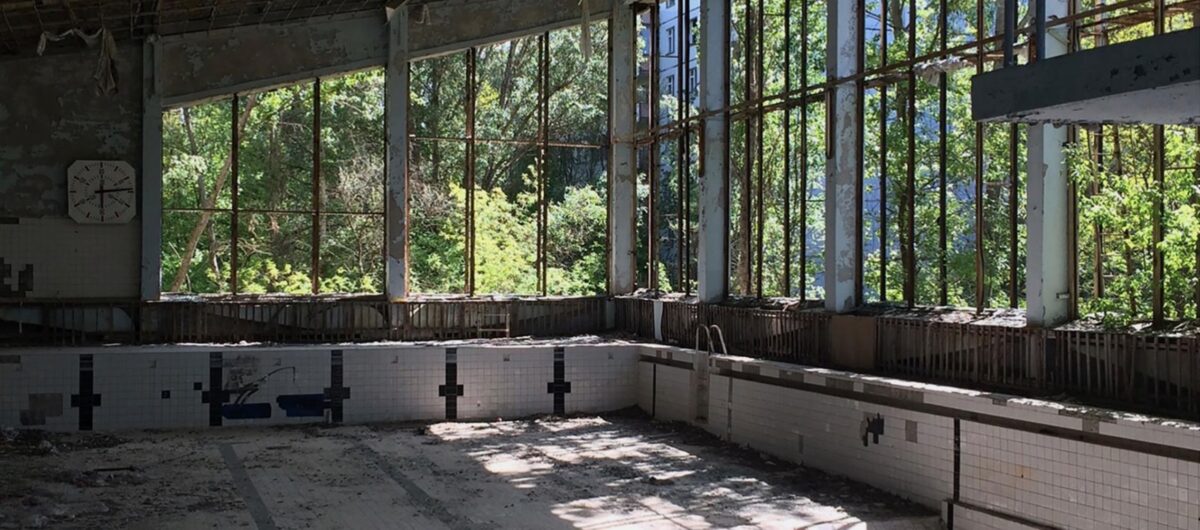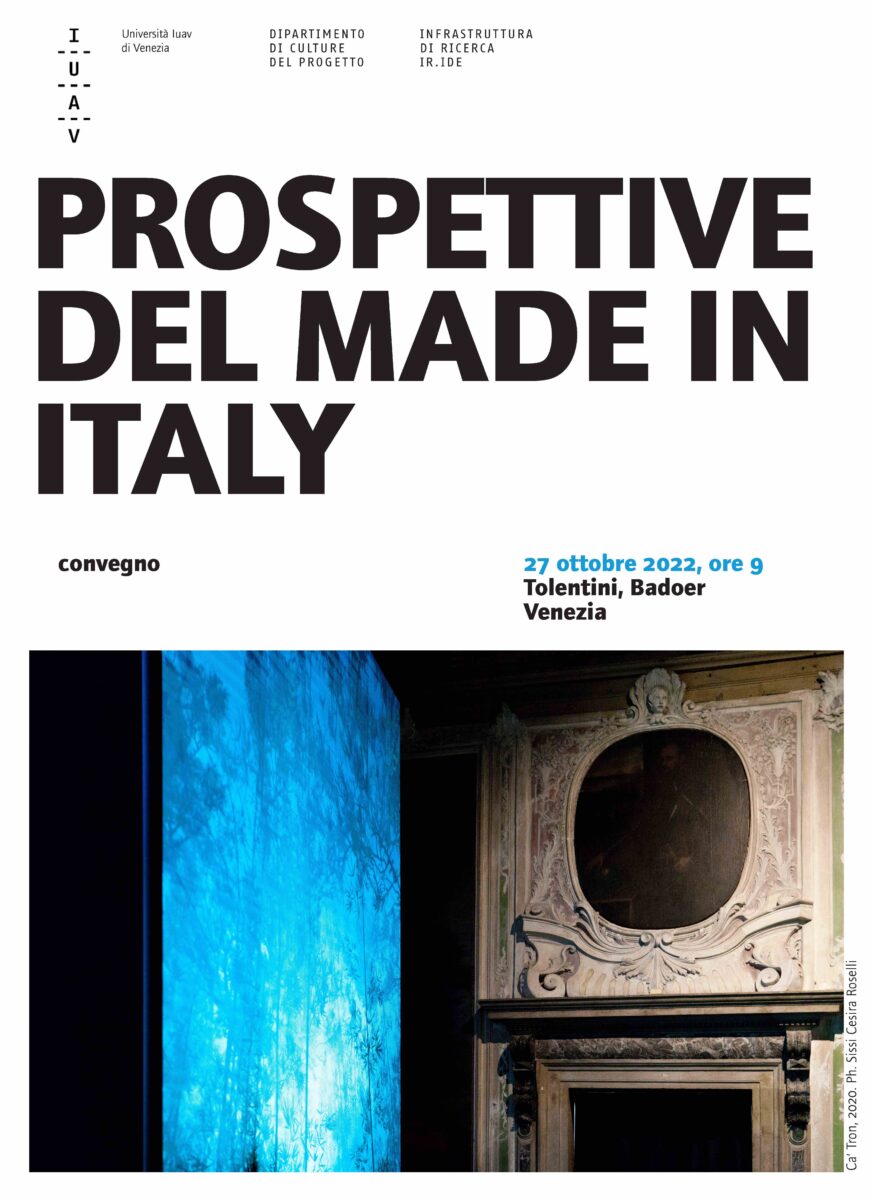Architectural Humanities
Architectural Humanities is one of five new research groups established by the School of Architecture and Cities in 2021. It focuses on the historical and cultural processes and practices of architecture. Founded on humanities-based methods and including interdisciplinary arts and social science approaches to research, our members address contemporary critical questions about architecture and its contexts. These include; archival and documentary analysis, oral histories, film and visual analysis, drawing, participatory research, installations and exhibitions.
Our members’ investigations and projects span the history of nineteenth and twentieth century architecture, modernism and landscape, the nature of spatial memory, the experience of vertigo, forms of architectural practice, women in architecture, religious architecture, social relations in the production of the built environment and the British New Left. We also include a group of researchers dedicated to examining architectural pedagogy, diversity and inclusion, and the intersectional relationship between students, educators and the educational institution. Many of these themes and approaches overlap but, in all cases, we are committed to experimental, speculative, and tentative ways of exploring architecture through artefacts, sounds and film alongside conventional academic methods.
A number of broad themes cut across our research in architectural humanities: Architectural Pedagogies; Counter-narratives in architectural history; Heritage and Belonging; Modernism and Landscape; Religious Architecture. We welcome PhD researchers and scholars in these areas.
For more about the Architectural Humanities Research Group go here.
When heritage sites are destroyed or damaged, such catastrophic events often prompt calls for restoration. Globally, the number of heritage sites at risk or already lost is staggering. Notre Dame has been expensively restored since the 2019 fire, but such care is not always possible or appropriate. In restoring a building, what and when is being restored? The building the day before the fire or the bomb? Or the building upon the day of completion? These questions were considered through a discussion of Clandon Park – an 18th century National Trust property, almost totally destroyed by fire in 2015.
This is the recently uploaded YouTube video of Sean Griffith’s conference paper, “Towards a Sellarsian Theory of Architecture”, delivered in June 2024 at the Marxism and the Pittsburgh School Conference, organized by the New Centre for Practice and Research at UCL in June 2024.
The presentation discussed Jörn Janssen’s theoretical and pedagogical efforts to analyse architecture from a Marxist-Leninist perspective in the early 1970s. Janssen scientifically situated architecture in the socio-economic dynamics of capitalist development, and examined it as an instrument of profit accumulation and workers’ exploitation. This understanding allowed him and his students to develop a clear agenda, aiming, to unveil the opposition between capital and labour at the core of every capitalist building; and to demonstrate that only revolutionary change could address this structural contradiction and liberate architecture from being an instrument of class exploitation.
Over the last 4 years I have held public events in galleries and museums where architectural themes and ideas have been displayed, narrated and discussed. In the presentation I describe some of these events, and how they were both a representation of traditional research, and also generators of new architectural knowledge co-produced through engagement with the public.
This paper was presented at the AHRA 2024 international conference, Body Matters (session: Contained Bodies). It critically revisited the history of London’s ‘tube shelters’ as a means of addressing the condition of civilians in the age of aerial warfare. By reappraising the transformation of the London Underground into a mass shelter during the Blitz, the paper highlighted the role of human experience, agency and resistance in the production of space.
This lecture explores the unique qualities that made Aalto furniture so appealing to architects and the public in London, the actors and agents involved in promoting it, such as Laszló Moholy-Nagy, Herbert Read and Philip Morton-Shand, how Finmar became the model for the Aaltos when they later set up Artek in Helsinki, and how furniture became the basis for the enduring connection between Finnish and British architecture.
Jordan, Kate. 2024. ‘Women’s religious communities and patronage in the UK: two case studies’,. Actas de Arquitectura Religiosa Contemporánea 11: 102-115. https://doi.org/10.17979/aarc.2024.11.11340.
This article discusses women as architectural clients through an examination of Roman Catholic nuns as patrons, designers and in some cases builders of religious architecture. The paper offers two case studies to explore the roles that women assumed in religious communities: the first, a chapel commissioned and built by a community of Carmelite nuns in Wales during the 1950s and the second, a recently completed abbey in the North of England. The examples highlight the evolution of female agency in the built environment and how this has been impacted by the professionalisation of architecture.
K. Jordan and S. Saleem (eds) ‘Sacred, Spiritual Secular: Spaces of Faith in the Twenty-First Century’ Guest edited special issue of Architecture and Culture, Volume 10 no.4 (2024)
The starting point for this Special Issue of Architecture and Culture was a conference hosted by the University of Westminster in association with the Royal Institute of British Architects (RIBA) in 2019, entitled “Spiritual Sacred Secular: The Architecture of Faith in Modern Britain.” While the conference focused on Britain, we were aware of an important gap in the literature on global faith spaces in late modernity, and sought to explore it through a collection of written papers. The contributions to this issue have been selected to highlight the wide diversity of methods and practices used to read faith spaces.
Toti, Alessandro. 2024. “Reform or Revolution: Architectural Theory in West Berlin and Zurich (1967–72).” Architectural Theory Review, June, 1–20. doi:10.1080/13264826.2024.2356373.
The article explores the evolution of architectural and urban theory in the wake of the 1960s politicisation of the architecture faculties of TU Berlin and ETH Zürich. Focusing on Oswald Mathias Ungers, Jörn Janssen, and their students, it examines a symposium, an exhibition, and a seminar that shaped divergent perspectives on architectural theory.
Future for Religious Heritage, March 2024
In the UK, as in countries across the world, former cinemas have been widely reused as places of worship. While there has been some research into the reuse of cinemas as churches, there has been little work on the broad repurposing of this building type for different faith groups. This article considers the way that buildings offer a snapshot of faith and society in the twenty-first century and reveals the extent to which religious adherence is, in fact, growing in many of Britain’s cities.
The Conversation, May 15th 2024
Feature article on research findings from the project ‘Moving pictures: reusing cinemas as places of worship in the diaspora.’
Landscape, Autumn, 2023, 6-13
As Liverpool’s Birkenhead Park is placed on the UK government’s Tentative List for consideration as a World Heritage site, this article explores the park’s important global role as a pioneer in public park provision. It demonstrates the design lineage with Central Park, New York City, and confirms the bold assertion that “without Birkenhead Park there would be no Central Park, and without Central Park there would be no New York City.” The article explores how the scale and concept of such historic parks is still relevant to contemporary life, especially in urban responses to climate change.
“The power of the pocket park,” Landscape, Spring, 2024, 42-44
In a journal issue dedicated to ‘Landscapes for Living’, this article argues for the role of pocket parks as part of green space provision for urban housing. The article explores two important modernist pocket parks – influential Paley Park in New York City, created via philanthropy, and Crabtree Fields in central London – a park forged through the power of community activity.
Deriu, D. and Maggi, A. (eds), Picturing Cities: The Photobook as Urban Narrative (FrancoAngeli, 2024).
This Open Access anthology examines how photobooks have variously been deployed to read, analyse and interpret cities through curated sequences of images – often in conjunction with literary or critical texts. Stemming from an urban history conference that was held in Bologna, a broad range of illustrated essays shed light on this particular genre of publication. The contents are organised into four sections: framing modernities; urban imaginaries; visual journeys; and politics of representation.
Griffiths, S. ‘The poverty of embodiment in the work of Juhani Pallasmaa’. Architecture_MPS 27, 1
(2024): 2. DOI: https://doi.org/10.14324/111.444.amps.2024v27i1.002.
In books such as The Eyes of the Skin, architectural theorist Juhani Pallasmaa posits unmediated sensual encounters as the site of authentic engagement with the built environment. Such ideas, derived from phenomenology are very prevalent in architectural discourse today. In this article, I show that they are also highly problematic. Pallasmaa’s arguments are shown to be politically naive and philosophically unsound though analyses of works by Frank Lloyd Wright and Mies van der Rohe. Drawing on philosophical, historical and neuroscientific sources, the article posits an alternative, rationalist account of architectural experience in which the intellect and the senses are entwined.
This conference paper explored whether a current trend for white interiors suggests new directions in the social and religious cultures of Christianity. To examine this, the paper discussed three recently refurbished churches in London as case studies, through which to explore these questions: St John-at-Hackney; St Augustine’s, Hammersmith.
This seminar explored the value of social and cultural theory as a means to understand the history of the of the estate.It drew on Bourdieu’s schema of habitus that connects individual practices within a wider field of play that encompasses estate management, public health and urban regeneration. The seminar also engaged with the concept of the geo-body, unpacking the relationship between map demarcations, and the territorial quarantining of things, people and relations to be either valued and kept, or eviscerated, as well as the production of emptiness as a starting point for the production of community, and the doxa of slum clearance, urban renewal, and estate regeneration.
Somers, J., Demasi, M., Burke, S., & Carr, P. (2023). ‘Toilet talk: (Trans) Gendered negotiation of public spaces.’ Routledge International Handbook of Innovative Qualitative Psychological Research. Eds. by Tseliou, E., Demuth, C., Georgaca, E., & Gough, B. Routledge
Public toilet provision in the UK fails to meet the needs of cis women while trans communities are absent from current building regulations. This research explores how individuals negotiate differing positions on toilet provision and accessibility. The data were formed of online posts on Dezeen, a forum for building design professionals, and Mumsnet, a parenting forum, in response to the Ministry of Housing and Local Government “Technical review on increasing accessibility and provision of toilets for men and women”. Discursive psychology was used to explore how accessibility to toilets is constructed.
The editorial board of Vesper: Journal of Architecture, Arts and Theory is going to hold a panel discussion with writers and critics to launch their ninth issue: ‘The Adversary’ (Vesper is published in English and Italian by the Iuav University of Venice). The event is organised by the Westminster Law & Theory Lab in collaboration with the Architectural Humanities Research Group.
The event will be in room MG14, Marylebone Hall, at 18:00. Drinks reception to follow. Registration via Eventbrite. All welcome.
Davide Deriu’s photo-essay, ‘On the Edge’, inaugurates the new web issue published by the Canadian Centre of Architecture (CCA), which focuses on how different measures and regulations ensure or prevent safety in our built environment. The piece weaves together a series of photographs from the CCA collections that feature protective barriers such as handrails and parapets. It revisits prominent place in the canon of Western architectural history in order to explore how photographs can visualise the tense state of being on the edge. By disrupting the logic of the archive, the essay draws on the indeterminate character of fragments to provoke new insights and interpretations.
The 13th METU Architectural History Graduate Symposium was held in Ankara on December 21-22, 2023, and explored multiple interconnections between health and architectural and environmental histories. At this symposium, Davide Deriu delivered a keynote lecture (online) based on his recent book, On Balance: Architecture and Vertigo. The talk was the closing event of the programme and was followed by a lively Q&A session.
The paper was delivered as the inaugural lecture at the 8th International Conference on Contemporary Religious Architecture: The Client.
K. Jordan, ‘White Spirit: Situating Whiteness in Contemporary Church Architecture’ Architectural Histories, Vol 11(1) pp.1-14 2023
In his polemical tract, The Present State of Ecclesiastical Architecture in England published in 1843, AWN Pugin condemned the ‘vogue’ for whitewashed church interiors that had characterised Protestant iconoclasm: for him, the return to colour and darkness was an indispensable backdrop to the reawakening of ritual, tradition and the sacred. In 19th-century Christian theologies, colour (or the lack of it) was profoundly important: no decorative scheme was ever applied without considering the religious implications. The long history of whiteness as a trope in Christian visual culture has been well documented but little attention has been paid to its meaning in late modernity. In the 21st century, whiteness is understood as a polyvalent and freighted concept, bearing implications that reach beyond the religious and into secular critical discourses. In this essay, I explore the contemporary vogue for whiteness as a motif in church architecture, focusing on its political and cultural significance in relation to the decline of traditional Christian worship and the rise of ‘believing without belonging’.
What is the proper relationship between architecture and language? How does the way this relationship, as it is currently construed, allow or constrain architecture’s capacity to address the fundamental political and environmental crises of our time? Where does the uniquely human activity of producing architectural experience sit in relation to current conceptions of our relationship to nature as informed by science? Part of a wide-ranging research project, these are some of the questions examined in a book proposal, putatively entitled Against Poetics – On Architecture and Language, to be discussed at this research seminar.
This one-day conference, hosted and sponsored by the Italian Cultural Institute of Istanbul, reappraised the cultural, social and political relations between Turkey and Italy in the early period of the Turkish Republic. Davide Deriu was invited to give a talk based on his AHRC-funded research on western perceptions of modern Ankara. Focusing on the figures of Atatürk and Pietro Canonica (the Italian artist who sculpted several monuments of the Turkish leader), the event advanced new historiographic and critical interpretations. A bilingual publication will follow.
An installation designed as an assemblage of architectural parts drawn from the V&A collection of drawings and photographs of historic Islamic architecture. This is intended to reflect the way that British mosques have been built by their communities, where they reference various traditions of Islamic history through architectural symbols.
Ramadan Tent Project is an award-winning charity established in 2013 with a mission of bringing communities communities together, curated the pavilion and hosted a series of artistic, cultural, creative events to inspire and engage audiences from all backgrounds.
This paper explored faith and diaspora in the contemporary urban landscape through an examination of the adaptive reuse of listed twentieth-century cinemas in London by migrant communities. The paper considered encounters between heritage bodies, local communities and faith groups, examining intersections of the sacred and secular: assimilation and autonomy.
Jordan, K., ‘Modernity and Monasticism: Roman and Anglo-Catholic Monasteries in the Twentieth Century’ in Doig and Barnwell (eds) Places of Worship in Britain and Ireland 1929-1990, Shaun Tyas (2023) pp 128-149
This chapter offers a critical overview of the architecture of Roman and Anglo-Catholic religious communities in the twentieth century.
Jordan, K., ‘Architecture and Buildings: Building the Post-Emancipation Church’ in Mangion and O’Brien (eds) The Oxford History of British and Irish Catholicism, Oxford University Press, (2023) pp 56-77
This chapter makes a critical reading of the buildings commissioned for the Catholic Church in Britain and Ireland between 1830 and 1913
Littlefield D (2023). “The agency of small things: indicators of ownership on the streets of Liverpool and Belfast”, chapter within, Everyday Streets: Inclusive approaches to understanding and designing streets.
Edited by Agustina Martire, Birgit Hausleitner, and Jane Clossick. UCL Press.
Streets are, on the face of it, physical spaces comprising the raw material of urban design and architecture. This physical realm, however, represents only a small part of the “street”; there is a deeper reality of social constructions guiding and encoding behaviours. Drawing on Actor-Network Theory and New Materialism I suggest these social constructions have the force of a “thing” – just as much force as a physical thing such as a wall.
Kate Jordan (2023) Between the Sacred and Secular: Faith, Space, and Place in the Twenty-First Century, Architecture and Culture, DOI: 10.1080/20507828.2023.2211823
In his 1954 poem, “Church Going,” Phillip Larkin anticipated the end of religion and the ruination of Britain’s churches. “What remains,” Larkin asked “when disbelief has gone? Grass, weedy pavement, brambles, buttress, sky.” In one respect, Larkin was right: the decline of traditional worship in the West did produce scores of redundant churches. But he was also wrong: the tendency to view abandoned churches as proof that ultimately “belief must die,” misses the myriad ways in which faith has, in fact, simply reconfigured and produced new spaces. Such weaknesses in the Western-centric disenchantment model have been recognized in the social sciences, where scholars are increasingly looking toward the built environment to understand new alignments in religion and society. However, the field remains somewhat overlooked by architectural theorists and historians. This article explores religious practices from an architectural perspective, offering an overview of faith, space and place in the twenty-first century.
Victoria Watson, Doctor Watson Architects, Incomplete Works Volume Four, Air Grid Publications, Doctor VA Watson 2022 isbn 9781838018023
This is a compilation of 24 items, each of which draws together an extract from a historically significant text about the nature of colour and an image of an Air Grid structure posed in space (a Cosmological Leap).
Victoria Watson, Restoration, Expansion and the Building Art: Contemporary Issues in the Life of Mies van der Rohe’s Museum of Modern Art (New National Gallery) in Berlin, JOURNAL OF HISTORIC BUILDINGS & PLACES | VOLUME 01 2022, 113-124
A consideration of the sensitive issues around the restoration and extension to Mies van der Rohe’s Neue Nationalgalerie (NNG) on the Kulturforum in Berlin. The NNG is important for the City of Berlin because it is the only building realised by Mies in Europe after his emigration to the USA. But its importance goes further than that. It is an icon in the history of twentieth century art and architecture, embodying the ideals of cosmopolitan modernism. As a building of unexampled clarity and virtuosity, any architectural intervention will inevitably invite discussion of means and ends and the appropriateness of change to the fabric and setting of the original historic monument.
Launched in 2020, Translating Ferro/Transforming Knowledge is a 4 year research project that has two central aims – to translate and disseminate the work of Brazilian architect Sergio Ferro to an English speaking audience, and to initiate a new field of enquiry named ‘Production Studies’. For this research seminar, Nick Beech will introduce the project and his own contribution – an examination of Ferro’s reading of the nineteenth century designer William Morris. Throughout Ferro’s writing direct references and allusions are made to the ideas and practices of Morris, illuminating Ferro’s critique of the discipline and profession of architecture, and putting Ferro into critical dialogue with another field inspired by Morris – cultural studies.
Online AMPS conference, December 2022
In books like, ‘The Eyes of the Skin’, architectural theorist, Juhani Pallasmaa posits unmediated sensual experience as the site of authentic encounter with the built environment. Such ideas are today very prevalent in architectural discourse. This paper will argue that they are also highly problematic.
Article in the RIBA Journal by Sean Griffiths about the book ‘Half Earth Socialism’, which is informing the MARch projects of DS15 this year and was also one of the books we read in the ArCCAT reading group.
Davide Deriu has been invited to present his new book, On Balance: Architecture and Vertigo, at the Iuav University of Venice. A discussion with faculty members from different areas (architectural history, theory, representation and technology) will be held at the Ca’ Tron palace. Open to all.
Nick Beech will present ‘Policing the Crisis: Locating the urban in Marxist critiques of the 1970s’ in which the work of Stuart Hall, Chas Critcher, tony Jefferson, John Clarke, and Brian Roberts, Policing the Crisis: Mugging, the State and Law and Order (1978) is assessed for its specific contribution to Marxist urban debates of the 1970s – a period dominated by consideration of ‘crises’ and the reproduction of capital in and through urbanisation.
An extended presentation of Nick Beech’s contribution to the Translating Ferro/Transforming Knowledge for a new field of Production Studies, titled ‘Sérgio Ferro, William Morris, and a New Field’. The talk outlined the ways in which a selective tradition in architectural discourse has circumscribed the work of Morris, evacuating the radical potential of his work. This was followed by an analysis of alternative readings of Morris – the first provided by the English literary critic Raymond Williams and cultural studies; the second provided by the painter, architect and critical historian Sérgio Ferro and the new field of production studies.
Nick Beech presented ‘Sérgio Ferro, William Morris and a New Field’ at the two day International Symposium ‘Production Studies: Architecture, design and the construction site’, held in April at the Maria Antonia University Centre, University of São Paulo, Brazil. Part of the Translating Ferro/Transforming Knowledge for a new filed of Production Studies (TF/TK), the symposium brought together researchers from across the UK and Brazil to discuss the work of the painter, architect and critical historian Sérgio Ferro, his legacies, and the new field of production studies.
We are delighted to announce that our Architectural Humanities research group member, Amy Butt, successfully passed her PhD viva on 30th March 2023 – with no corrections. Amy’s doctoral project, ‘“Doors that could take you elsewhere”: The Architectural Practice of Reading Science Fiction’, was highly commended by the examiners, Dr Caroline Edwards (Senior Lecturer in Literature at Birkbeck) and Dr James Kneale (Associate Professor of Geography at UCL), who were impressed by the outcome of her intellectual journey.
In his new book, On Balance: Architecture and Vertigo (Lund Humphries 2023), Davide Deriu reflects on the precarious equilibrium at the heart of contemporary cities, where the drive to conquer ever greater heights has reconfigured our notion of abyss. Exploring the spatial thrills as well as anxieties associated with vertigo, the book traces how different subjects experience, represent and transgress buildings and the spaces in between.
The presentation will be followed by a panel discussion and a drinks reception.
To book a place, please register via Eventbrite (link below).
the modernist, (41, 44-48), Winter MMXXI/XXII
Broadwater Park, Denham was created in 1984 on a dynamic site rich in history. Working with EPR Architects the UK based Danish landscape architect, Preben Jakobsen, created a landscape that is reflected by the low-rise mirrored office building. It is a rationally organised geometric landscape underlain with hydro and circular symbolism. The Great Circle, a large dimpled lawn framed by a tightly clipped field maple hedge, is the focus, counterpoised by an intricate and richly planted Secret Garden which is set in a flowing boulder framework to create a dry-river hortus. Despite Grade II listing, HS2 and a lack of landscape care now threatens the serenity of the design.
the modernists,(45; 17-20) Winter MMXXII/XXIII
In 1960s civic restructuring and political ideals led to progressive design of the new Hounslow Civic Centre. Jakobsen Landscape Architects and Urban Designers, led by Danish landscape architect Preben Jakobsen and his English architect wife Maggi Jakobsen, was appointed to create a landscape design and to integrate the new build with the adjacent Victorian park. Preben, inspired by geometry and geology, created a series of linked modernists gardens connected by polygon concrete paths, terraces, boulders and cobbles. Inside he furnished the Bürolandschaft with hanging and winter gardens. Completed in 1976 the Jakobsen design secured multiple awards, yet by 2019 the complex was demolished.
A swimming pool is typically an occasion in a story but rarely its heroine. This is unsurprising because on the surface, it is a simple object. However, its shadowy depths reveal a powerful space of imagination where spatial, socio-political, physiological, and psychological constructs are framed.
Through a series of short essays, each of which is coupled with a single image, we are going to compose an incomplete mosaic that reasserts the protean quality of the space and its relevance in contemporary society, including and equally importantly, as a space of exchange, dialogue and narration that is underlined in the format of the event.
A symposium organised by Naina Gupta.
Davide Deriu from the School of Architecture + Cities is one of the participants.
This project uses pioneering cross-disciplinary methods to examine the adaptive reuse of cinemas in London as places of worship. In doing so, the research will capture a vital snapshot of faith and diaspora in the contemporary urban landscape, which may be used to inform future heritage practices.
Davide Deriu has been invited to open the conference on ‘Made in Italy’ organised by the IR.IDE research infrastructure at the Iuav University of Venice. The event (in Italian) is the culmination of a 4-year project to which Davide previously contributed as Visiting Professor (2021-22).
Journal of Historic Buildings and Places, Volume 01, 2022, 113-124
This essay is a consideration of the very sensitive issues around the restoration and extension to the iconic modern masterpiece by Mies van der Rohe, the Neue Nationalgalerie (NNG) on the Kulturforum in Berlin. The NNG is important for the City of Berlin, not least because it is the only building realised by Mies in Europe after his emigration to the USA. But the importance of the NNG goes further than that. It is an icon of the history of twentieth century art and architecture, embodying the ideals of cosmopolitan modernism.
